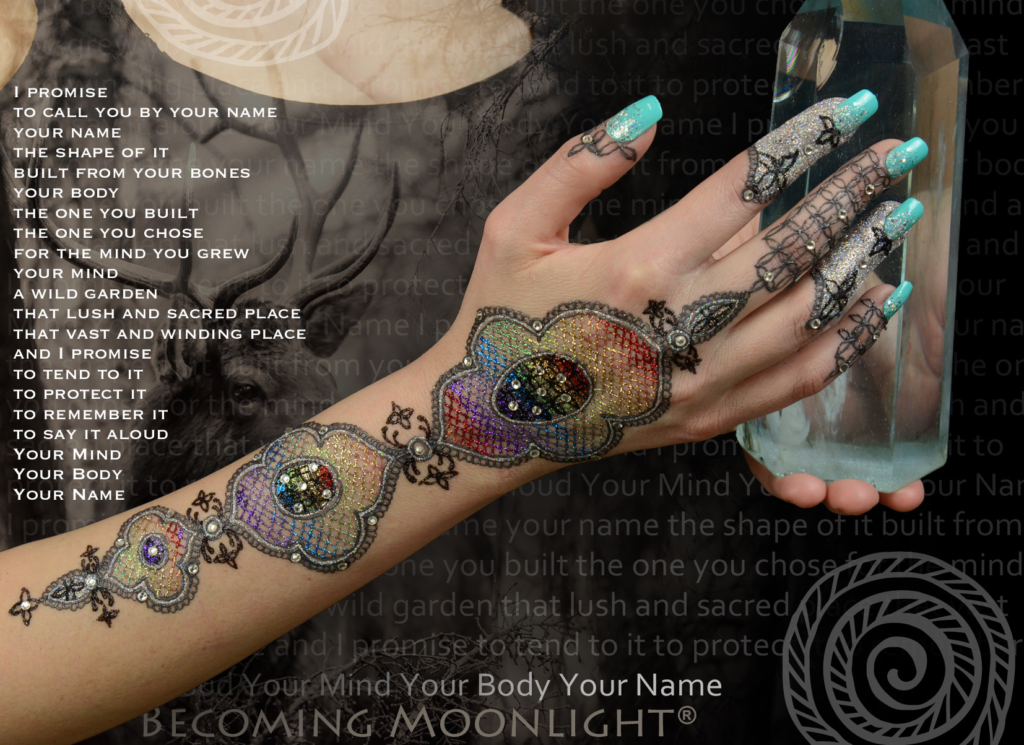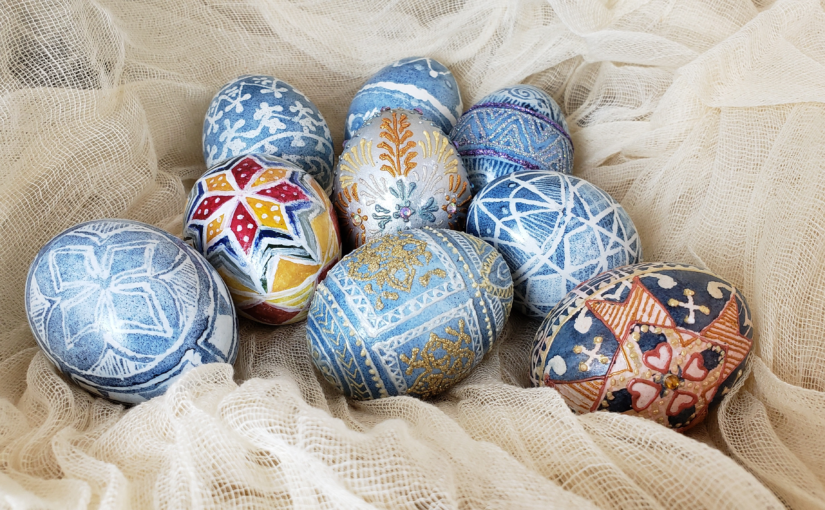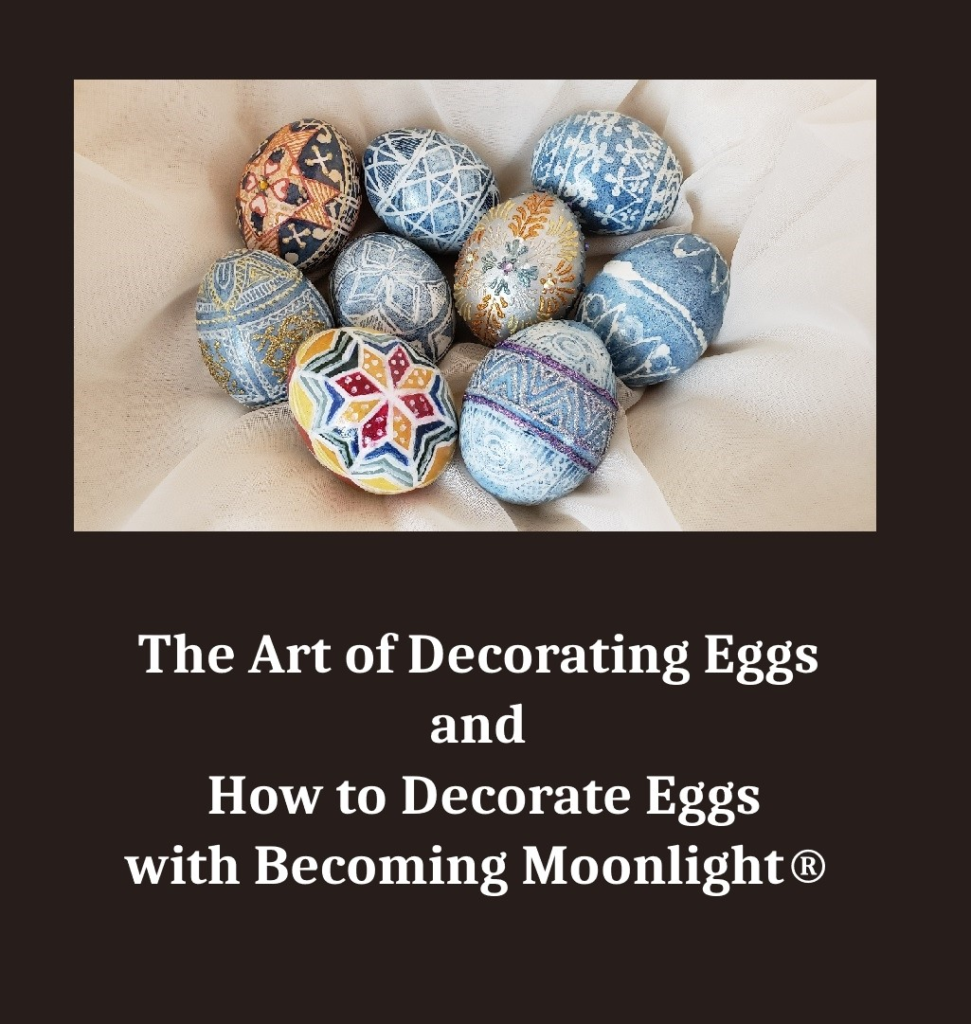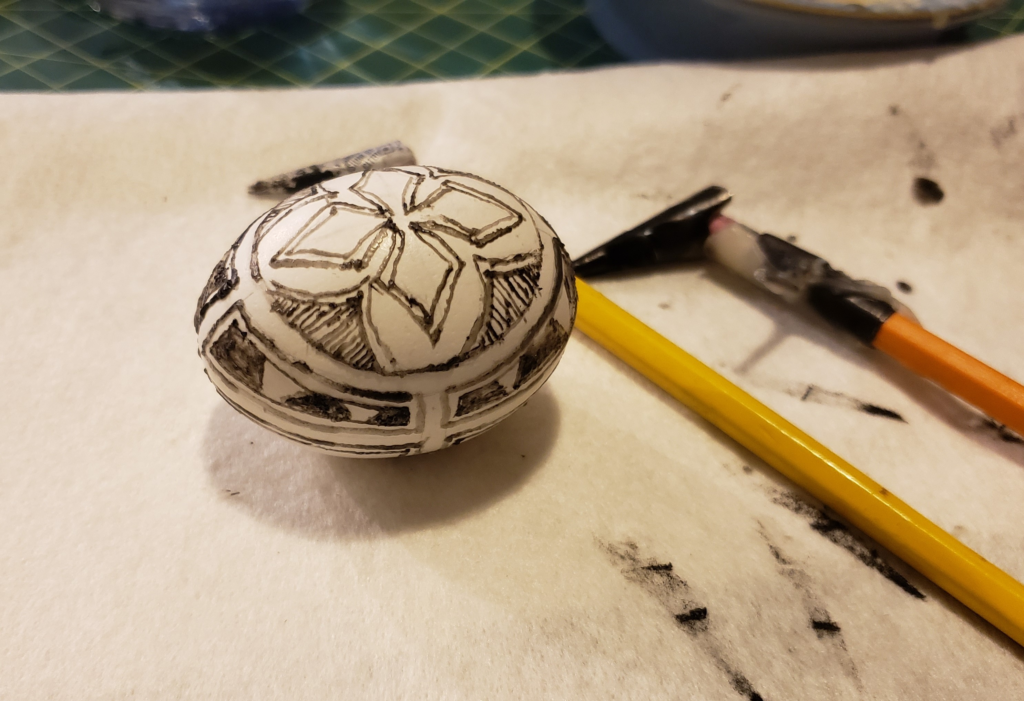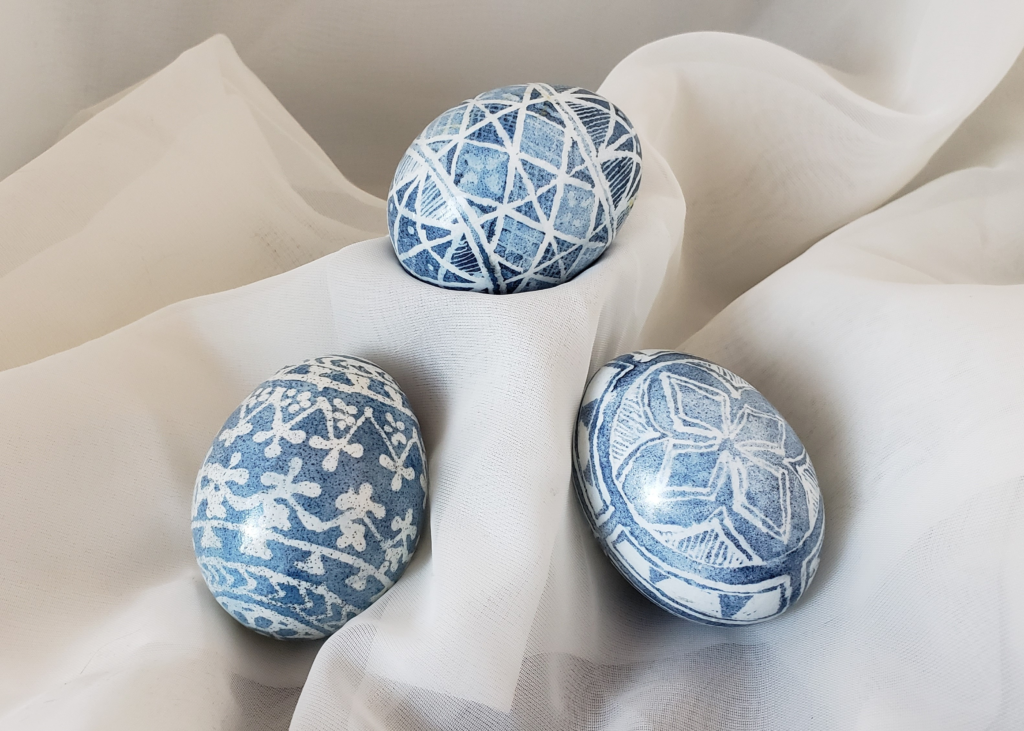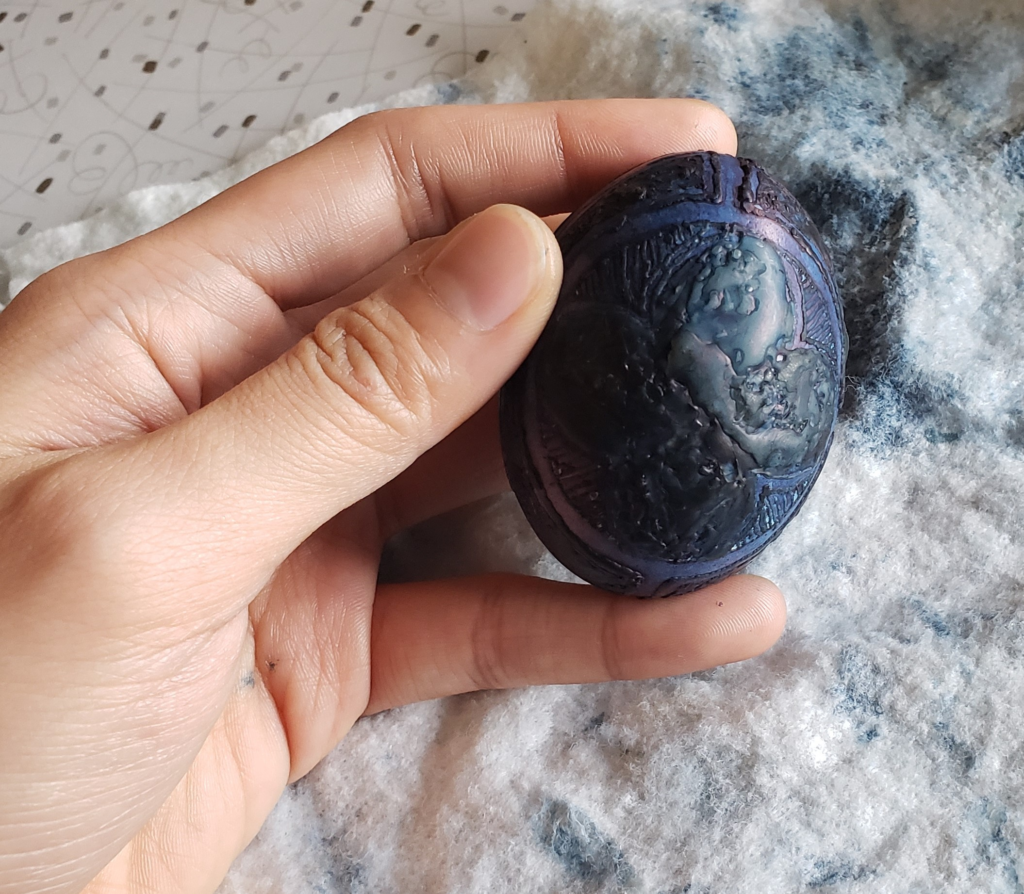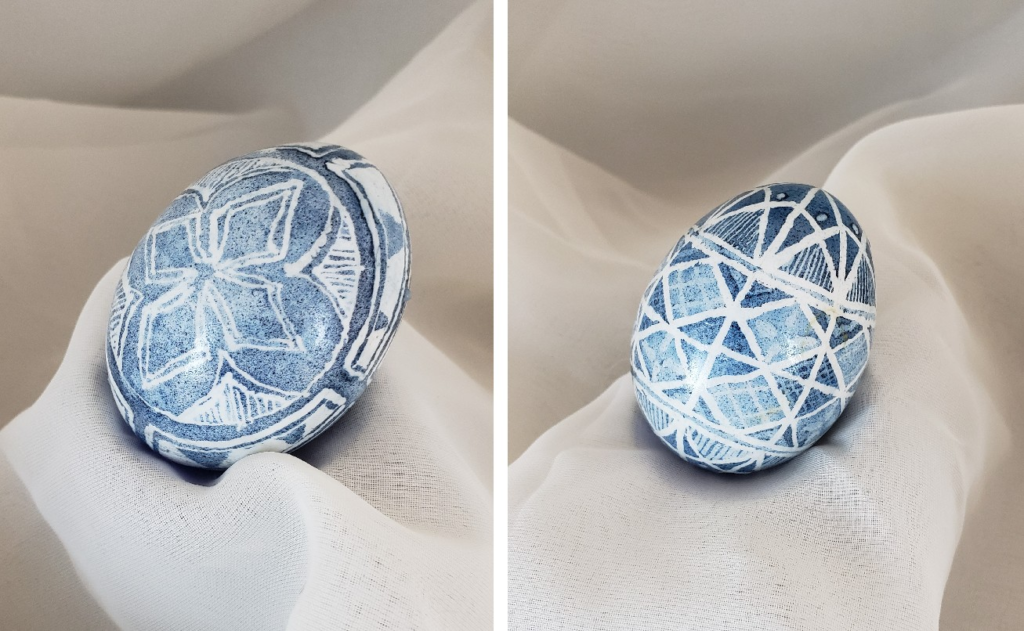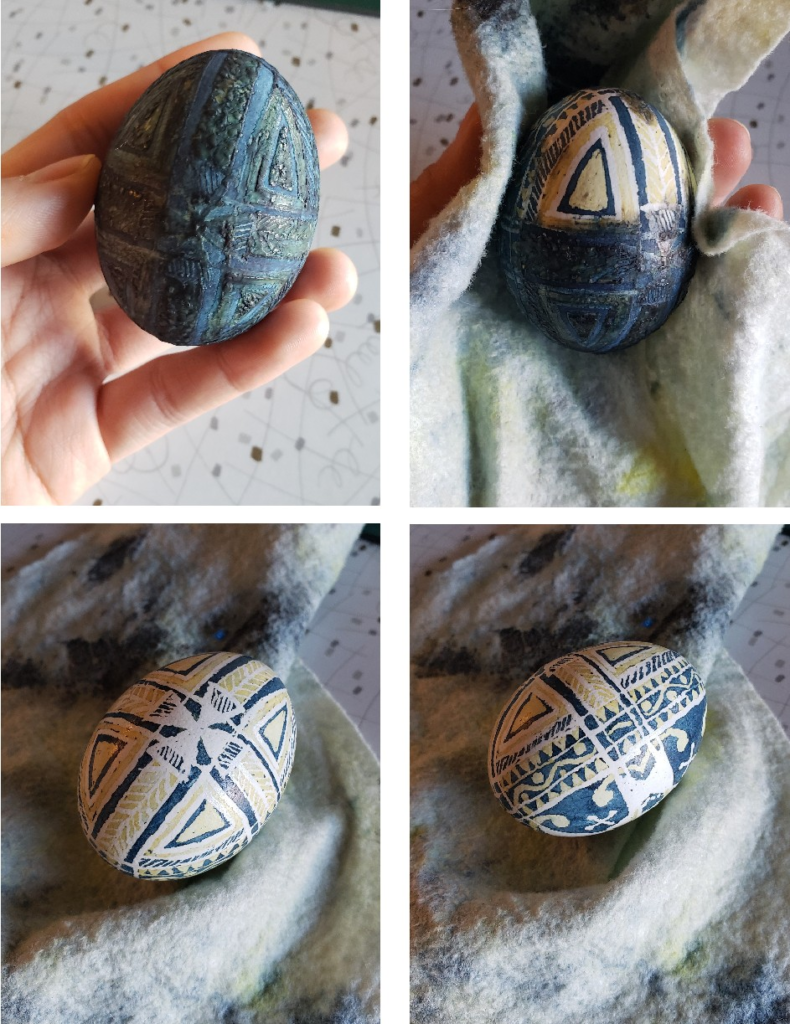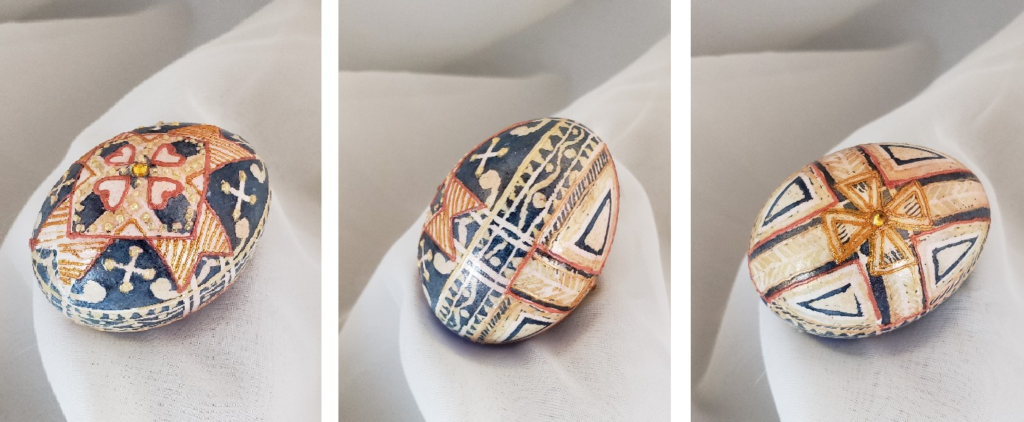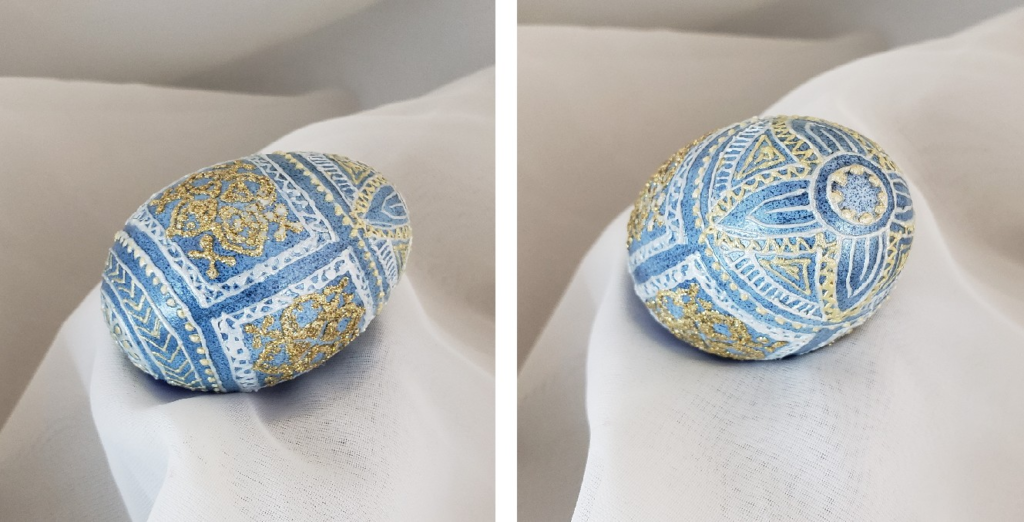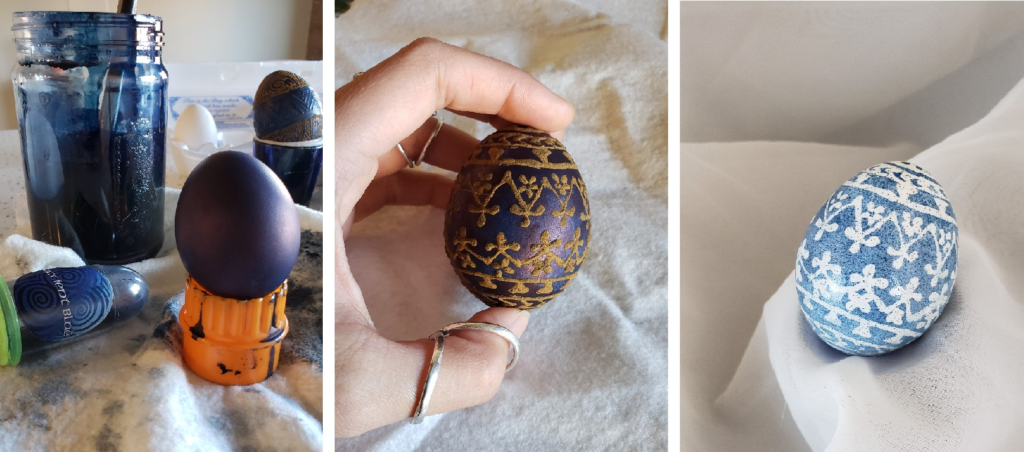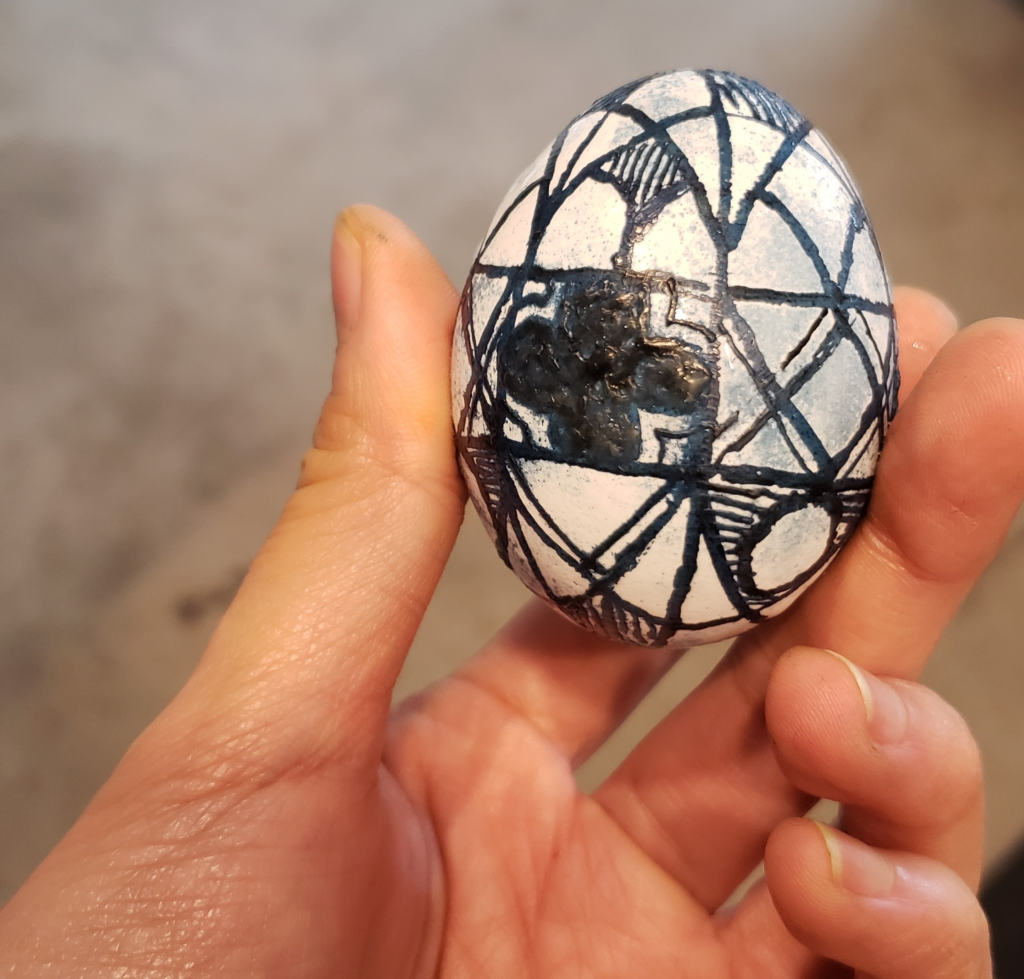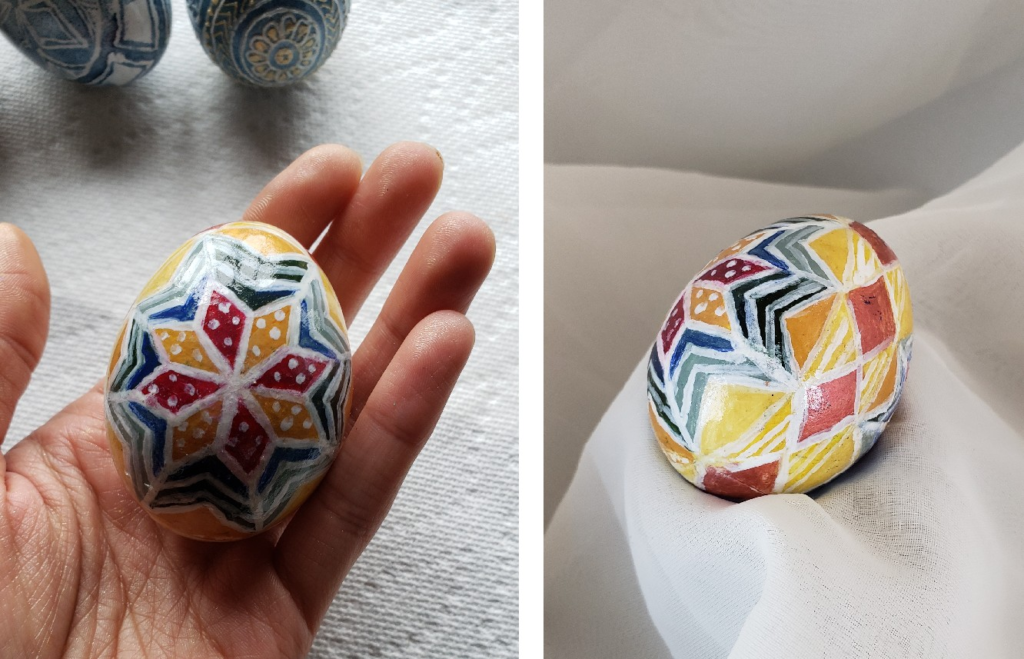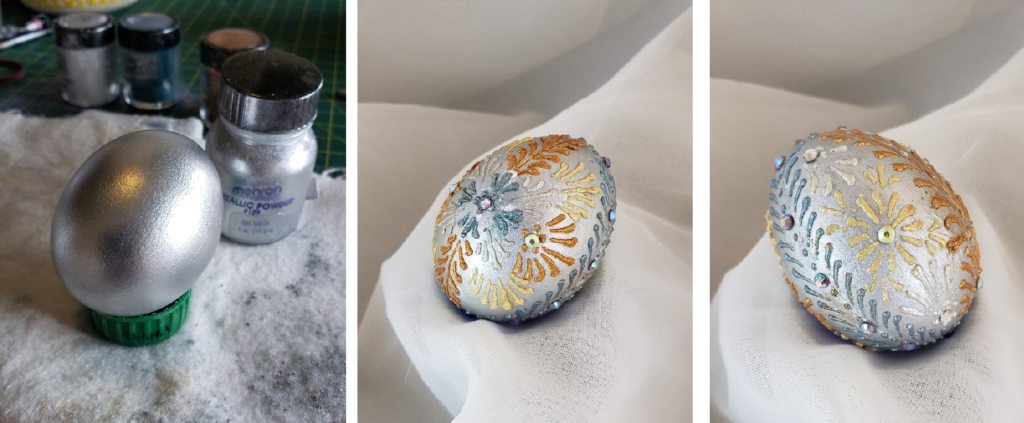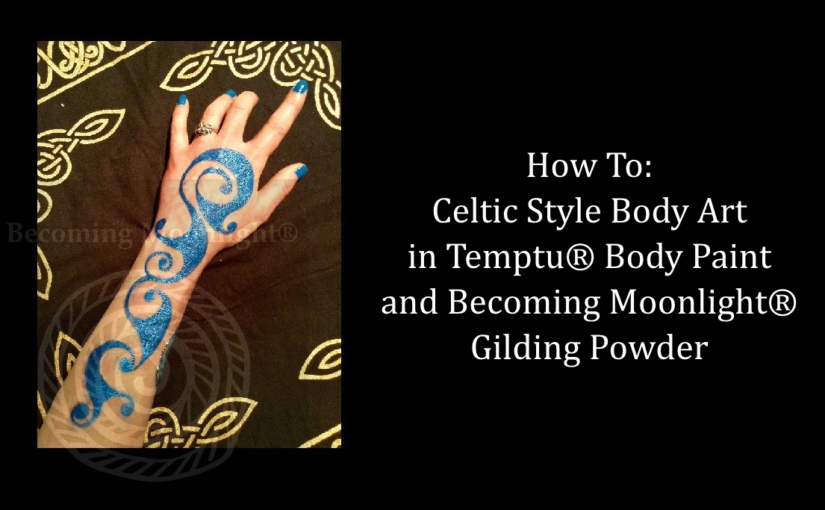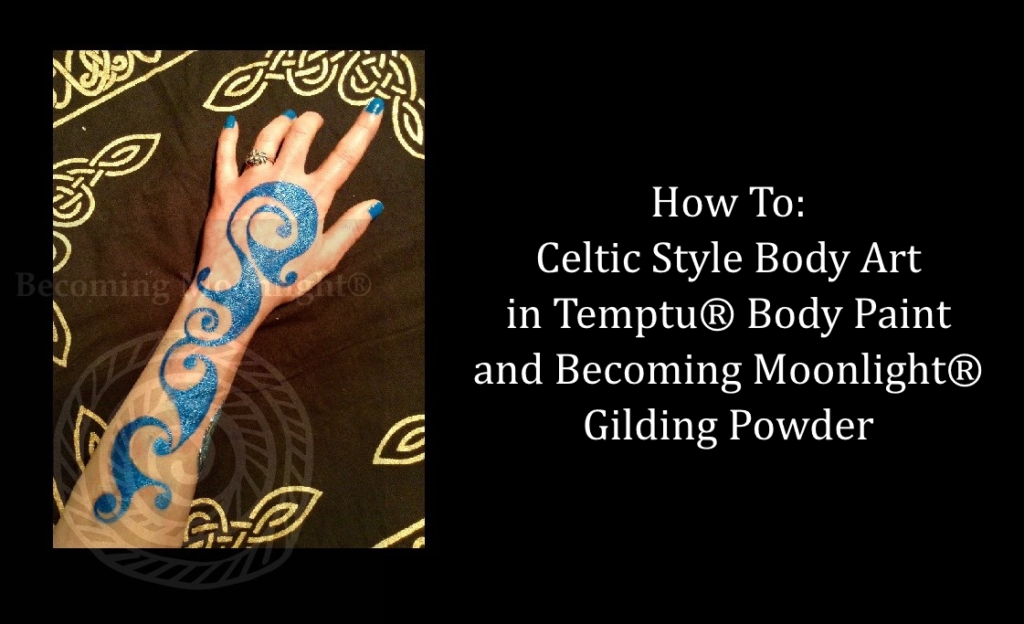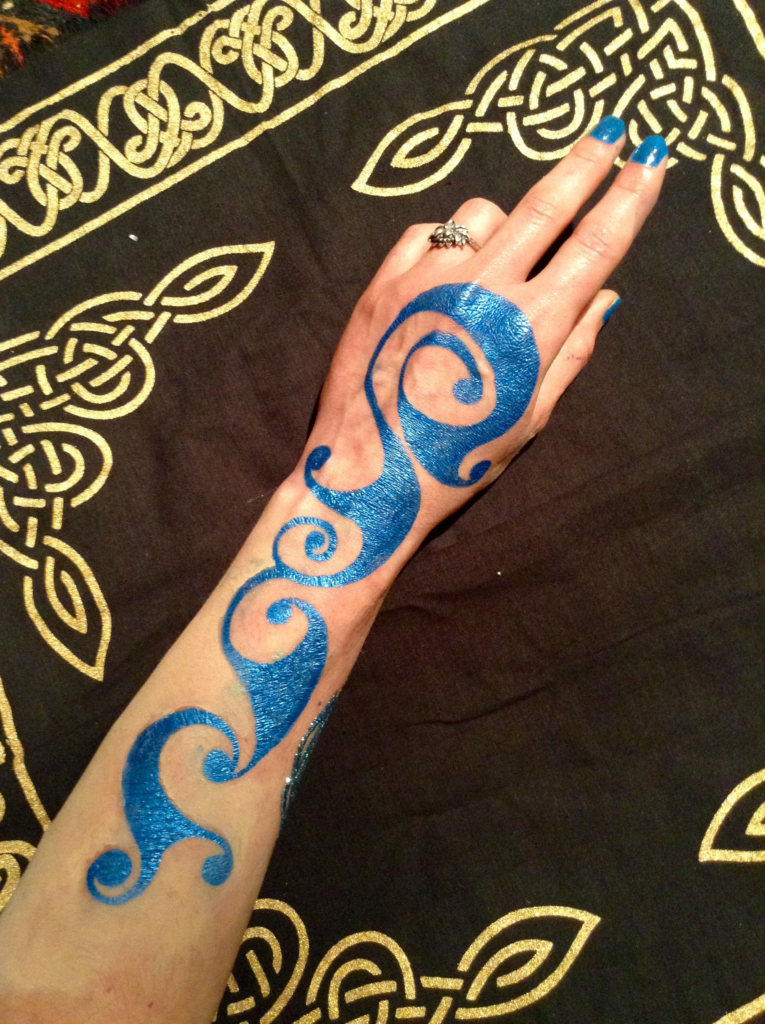
Becoming Moonlight® gilding paste, used in combination with Becoming Moonlight® gilding powders and glitters, is a beautiful and versatile alternative to traditional henna. “White henna,” and “glitter henna” are becoming increasingly popular. These designs look especially stunning when the wearer is out in the sun, where the designs catch the light. They contrast beautifully with tanned skin. Spring and summer are great times for offering Becoming Moonlight® gilding paste designs. Becoming Moonlight® is available exclusively at www.mehandi.com.
If you would like to learn more about the product itself, read “White Henna” and Becoming Moonlight® Gilding Paste, and see the product here.
If you are a body artist interested in offering Becoming Moonlight® gilding paste, here are a few tips to ensure success with this new medium.
Play with the materials before you begin to use them on customers.
If you are familiar with using traditional henna paste in a cone, Becoming Moonlight® gilding paste has a very similar feel. It was developed specifically with body artists in mind. That being said, it is always a good idea to practice with new materials before using them on clients. Most of the artists I've talked to who were not happy with the product did not take enough time to play around with it before offering it to customers. Don’t assume that it will work just like henna. It is similar, but has its own personality. Check this blog, as well as www.becomingmoonlight.com for tips, tutorials, videos, and patterns. If you are completely new to this product, check out the Introduction to ‘White Henna.’

Becoming Moonlight® gilding paste feels a little different from regular henna, and there are some things that one can do that the other cannot. Becoming Moonlight® gilding paste does well with fine lines, but large, solid shapes do not work as well. Like with traditional henna, the tip of the cone may clog from time to time due to product drying there. Keep alcohol swaps on hand to keep the tip clear and the paste flowing easily. Unlike traditional henna, Becoming Moonlight® gilding paste works best if the tip of the cone is gently touching the skin rather than floating above it.
After practicing with the gilding paste you may find that you develop a style that is different from the one you use when applying traditional henna. I’ve found that gilding is great for soft, lace-like styles, and floral themes.
Remember that the design must be sealed. The paste itself is only the first step. It is an adhesive, not a body paint. Once the paste has become firm to the touch, the surface will be tacky. Finish the design with Becoming Moonlight® gilding powders, body art quality glitters, and gems. This second step is not optional. Even if you want to keep the design white, you must apply a white powder over top of it.
Becoming Moonlight® gilding paste can be used alongside other body art media. It looks great as a highlight on traditional henna stains and works well with Temptu paint and Pros-Aide liquid. The wonderful thing about Becoming Moonlight® gilding paste is that it remains opaque and raised, and can be set with any color powder or glitter. Don’t limit yourself to white; try metallics, bright colors, and rainbow effects!

Becoming Moonlight® gilding paste and gilding powders, used in conjunction with Temptu white body paint, create a unique lace effect. Body artist: Rebecca Chou. Photography by Roy Jones. Graphic montage by Alex Morgan.
Wear it on yourself to advertise.
Becoming Moonlight® gilding is very eye-catching. It looks like henna, but it’s sparkly and colorful. I have had numerous people stop me and even take pictures of my body art when I wear it out and about. It is a gorgeous, modern twist on traditional henna body art, and that’s why it is becoming so popular.
While you’re working the fairs and festivals, and any other time you like, wear gilding paste on your arms or legs, and keep your business cards on hand. Be sure you feel comfortable answering questions about the product, like how it works and how long it lasts.

Gilding looks absolutely stunning on darker skin tones. Body Artist: Wendy Rover. Photography by Roy Jones. Graphic Montage by Alex Morgan. Words by Gwyneddh Jones
Make sure the customer understands the difference between Becoming Moonlight® gilding and traditional henna.
Traditional henna is applied to the skin and left on for several hours to allow the paste to stain the skin. The resulting design comes from the lawsone molecules that have migrated into the skin’s outer layers. With Becoming Moonlight® gilding paste, the paste itself is the design. It does not stain the skin. When the paste is removed, the design is gone. However, the paste is flexible and water resistant, allowing it to last for up to a week with proper care. Make sure your customer knows exactly what they are getting before you start.
One of the great things about using Becoming Moonlight® gilding paste is that once you have set the design with powders and/or glitters, it is done. Customers don’t have to worry about wrapping their body art or moving carefully to avoid smudging. It is great for people who can’t have a stain on their skin for work or school. They can simply peel it off or rub it away with baby oil. This works well for kids whose parents don’t want something that will stain their child’s skin. I used to bring my body art supplies into the after-school program where I worked, and it was a huge hit. However, younger kids will have a tendency to pick at their designs within minutes of getting them done.
Remember to ask customers whether they are sensitive to adhesives.
Becoming Moonlight® gilding paste is developed from a medical adhesive. It is non-toxic, skin-safe, and is latex-free. That being said, those who are sensitive to adhesives, such as those on bandages or medical tape, may want to avoid using Becoming Moonlight® gilding paste. Ask your customer if they are sensitive to adhesives before starting.
Know that Becoming Moonlight® gilding paste does not comply with wudu for Muslim clients.
People of Islamic faith practice ablution, or ritual cleansing. They may do this several times a day, usually prior to prayer. This requires that the water freely and fully reaches the skin on the hands, feet, and face. While traditional henna is acceptable, as it is a stain, Becoming Moonlight® gilding paste covers the surface of the skin and is water-resistant. Be sure that your client understands this. You may want to suggest that they have their design placed on their upper arms, above the elbow, or on their legs, above the ankle. Luckily, these areas of the body work better for Becoming Moonlight® gilding paste, anyway. Read the next section to find out why.
Know that religious practices differ, and that some may follow wudu more strictly or loosely. Remember to be respectful in the way you discuss this, and allow the client to make the final decision for themselves.
Additionally, ask if it is okay to use alcohol to clean the area prior to applying the design. Skin needs to be clean, dry, and free of oils in order for the gilding paste to adhere well. If you believe you will have clients who cannot have alcohol on their skin, keep other alternatives such as soap and water available.
Becoming Moonlight® gilding paste works best on flat areas where there is little joint movement and stretching.
The best areas to use Becoming Moonlight® gilding paste are often the opposites of the ones where you would use henna. Sure, it looks gorgeous on the hands, but all that bending and stretching will cause the design to come off more quickly. Make sure your customer is aware of this when deciding on placement. Hand designs are good for one-day events, like weddings or parties.
Becoming Moonlight® works beautifully on the chest, torso, back, and upper arms and legs. Use this to your advantage to create new and interesting designs for body parts you might not usually work with. You can find tons of inspiration on The Henna Page, and BecomingMoonlight.com.

Use Becoming Moonlight® body art products to make a beautiful belly design. Body artist: Alexander Limbach. Photography by Roy Jones. Graphic Montage by Alex Morgan.
It is also important to be aware that the paste is more difficult to apply and remove from hairy skin. Hair will interrupt the flow of the paste, causing uneven lines. Because the paste is an adhesive, removing it from hair skin can be painful, and pull out hairs. Have client shave their arms or legs prior to a private appointment. At a festival or fair setting, politely suggest a different placement, such as on the inner arm, the upper arm or the upper back.


The image on the left shows areas where henna stains well. The image on the right shows areas where gilding works best.
Figure out how you will manage the flow of clients if you are working a stand.
If you are offering Becoming Moonlight® gilding at a stand or booth, you will need to figure out the best way to keep your clients moving through smoothly. Decide whether you want to offer both traditional henna and Becoming Moonlight® gilding, or only the latter.
The paste needs to set for about 5-10 minutes before you are able to seal it with powder or glitter. If it is particularly humid out, the paste will take longer to dry. This means there will be customers waiting around between the first step and the second. If the event is slow, you can simply hang out and chat. If there is a line, you may want to have a partner seal the designs after you have done them, and have a space where customers can wait off to the side. Make sure that the customers don’t run off after the first step, thinking it is done. This will happen. Maintain a clear system for cycling customers through your stand in a timely manner.
Decide on pricing.
By weight, Becoming Moonlight® gilding paste is pricier than homemade BAQ henna paste. In addition, you will need to have a few gilding powders, glitters, and perhaps gems. (If you offer body art as a business, contact Customer Service about getting a 25% body artist discount on Becoming Moonlight® body art products.)
You may want to charge more to make up for the cost of materials, and because it is something unique and different in comparison to traditional henna. On the other hand, many customers are unfamiliar with gilding and are deterred by its shorter duration. Pricing will depend on region and client demographics, as well as your personal business sense. Advertising is important. Make sure you have several lovely images of your gilding work where they can easily be seen, to draw in customers.
Start by offering a few simple patterns and a limited color selection.
Part of maintaining a seamless flow is not overwhelming yourself and the customers with too many options. Have a pattern book ready with around a dozen designs which you can complete in ten minutes or less. Offer a few powders or glitter colors to choose from. It works well to offer white, gold, and silver, as those will be the most popular. Decide if you want to offer gems as well, and whether you will charge extra for it.
If you are doing a private appointment, have more options available and consult with your client beforehand to decide on a color palette. Remember that glitters and powders can look different in the jar than when on the skin. Doing a test run of the design, or creating color swatches can be helpful.

Becoming Moonlight® gilding powders are cosmetic-grade mica powders. They come in a wide variety of colors. Find the whole selection here.
Make sure your customers know about proper aftercare.
Your customers will want to be careful when washing and drying the area where you have placed the design. The product is water resistant, but will be a little softer and prone to peeling when the skin is wet. They will want to avoid harsh rubbing, and only use gentle patting motions when washing and drying. They will also want to avoid using oils, lotions, and alcohol-based hand-sanitizers on the area.
The design may peel more quickly for those who sweat and move a lot when sleeping. I find that dusting the design with more gilding powder, or a talc-free body powder before bedtime helps keep it dry and intact. If you do a large design for a special event, you may want to consider leaving them with a small sample of the powder you used, which they can reapply to keep the design fresh.

This design stayed impressively long for being on my foot. I dusted it with more powder every night to protect it while I slept. This is about five days after application. You can see where some areas are peeling. On another part of the body, the design would stay even cleaner.
When applying gilding for special events, it is best to do it close to the time of the event.
Becoming Moonlight® gilding lasts for up to a week with proper aftercare, but it will always look its best when it is fresh. After a few days, the surface can become slightly tacky, and pick up bits of dirt and lint, dulling the colors. Some parts of the design may lift, and begin to peel. You can avoid this wear-and-tear, and prolong the beauty of the design by dusting it with powder or glitter daily.
If someone has hired you to apply Becoming Moonlight® gilding paste for a wedding, party, or another special event, it is best if they are able to have the appointment the same day as the event. This will ensure that the body art looks its best, and gives it less time to dull or peel. Make sure you feel comfortable doing large designs, know roughly how long it will take you to complete it, and allow time for mishaps.

Create a stunning collar piece to match an outfit for a special day. Use gems and ribbon to make the piece stand out even more. Body Artist: Alexander Limbach. Photography by Roy Jones. Graphic montage by Alex Morgan.
Final Notes
Becoming Moonlight® gilding is a wonderful addition to any body artist’s repertoire. As white and metallic henna-style body art gains popularity, it benefits you to be able to offer it. It is especially good for weddings and proms, and it is in high demand during the summer months. Make sure you are familiar with the product, and have a plan set for how you will offer it in your own business. Offering Becoming Moonlight® gilding will set you apart from other body artists and is sure to bring repeat customers.
If you have any questions, don’t hesitate to comment below or contact customer service at www.mehandi.com.
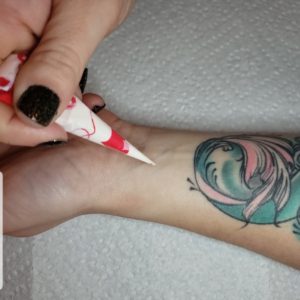
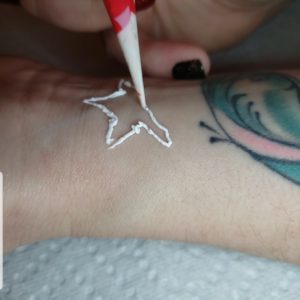
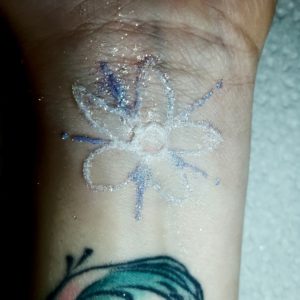
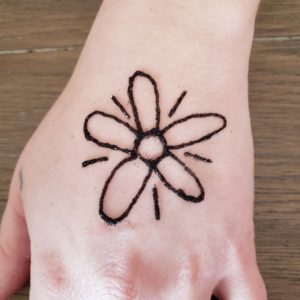
 Patty • Ancient Sunrise® Specialist
Patty • Ancient Sunrise® Specialist 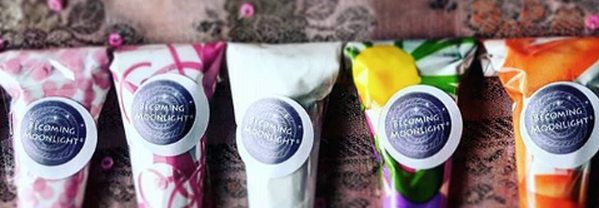
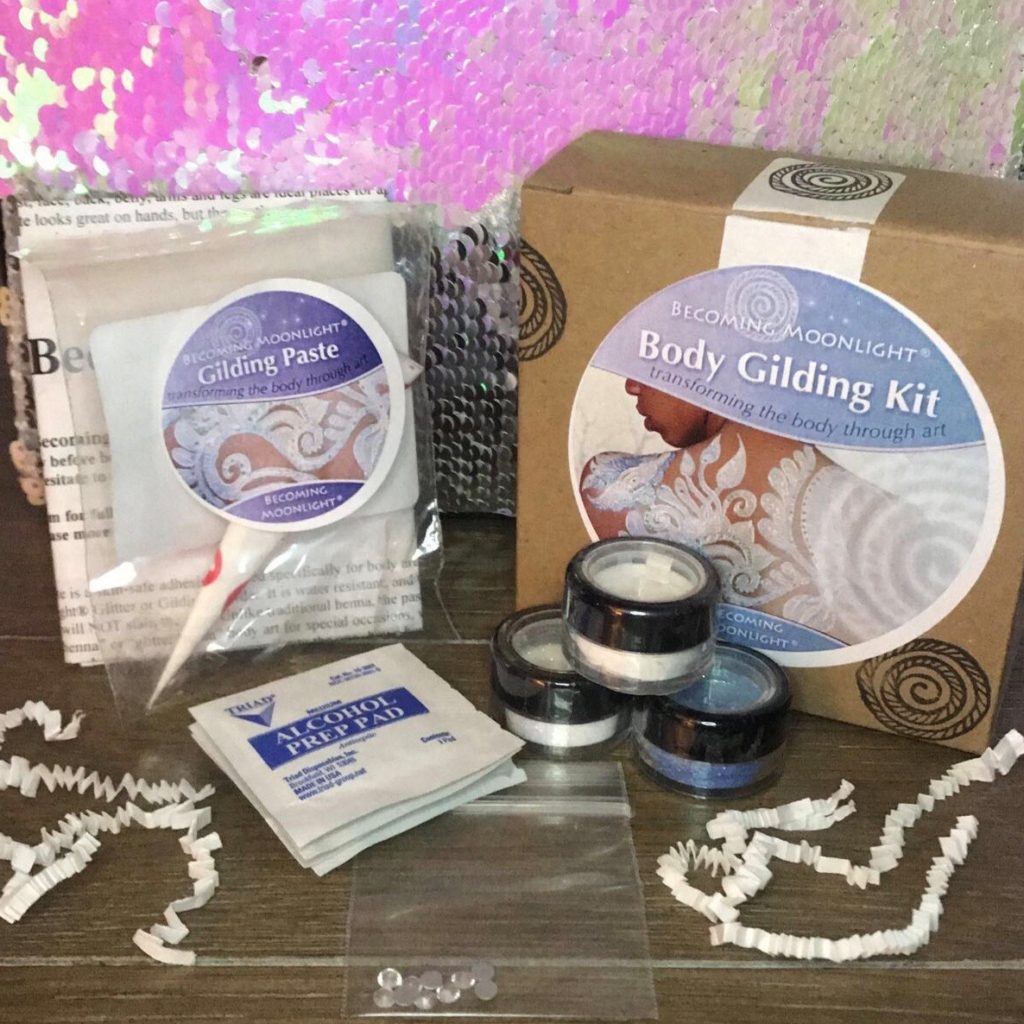
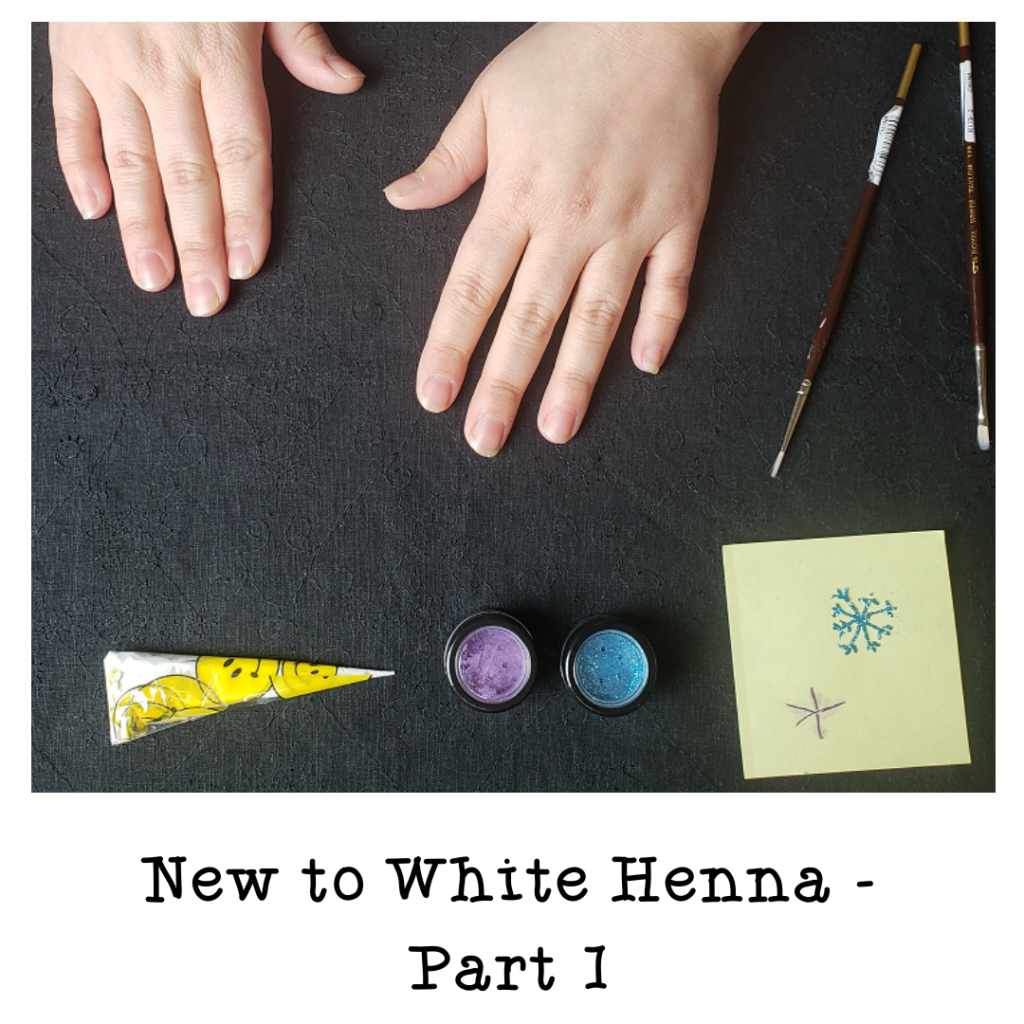
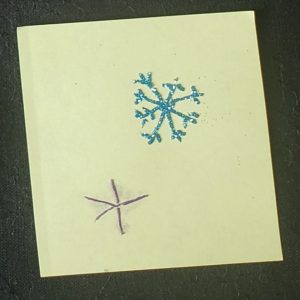
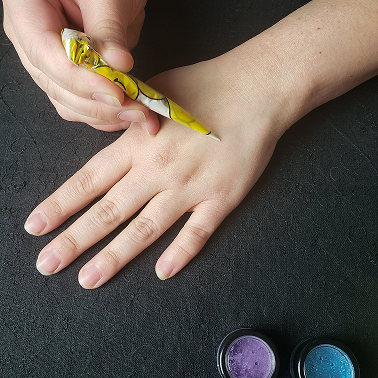
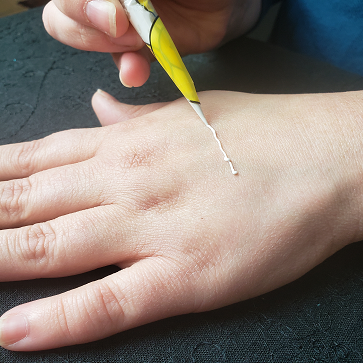
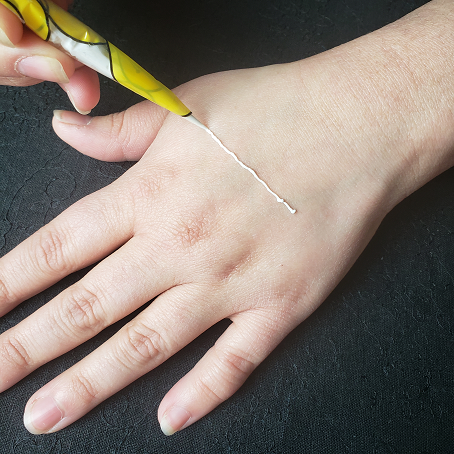
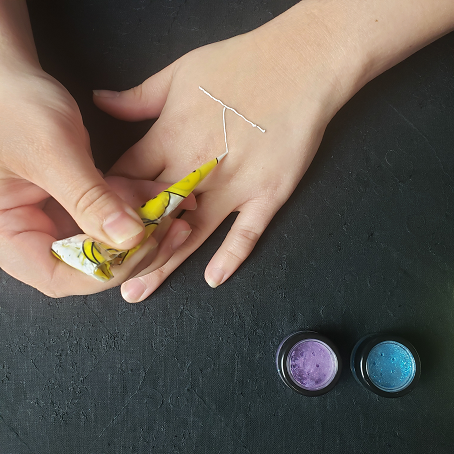
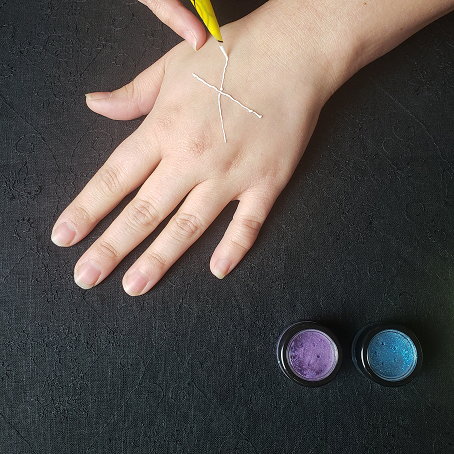
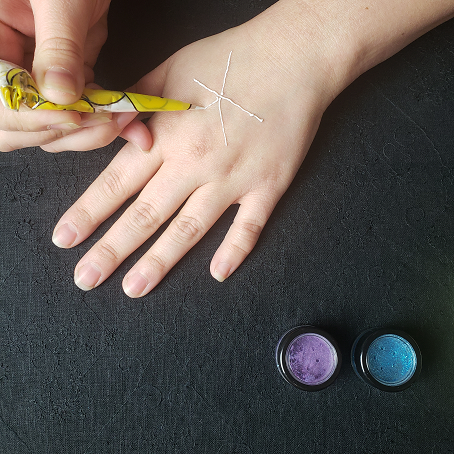
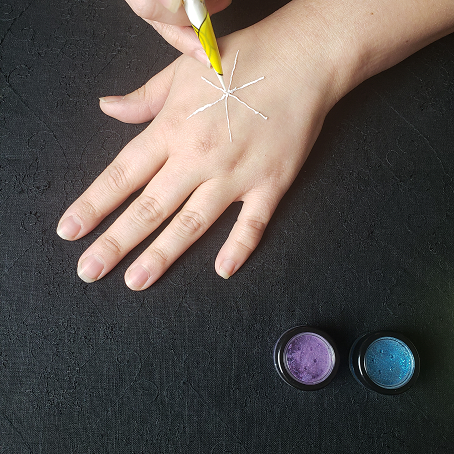
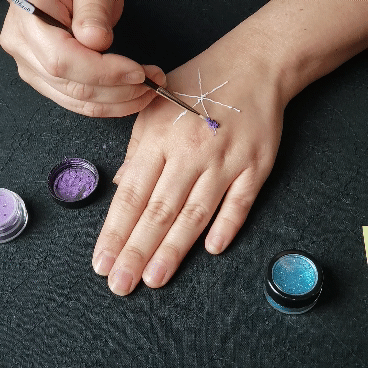

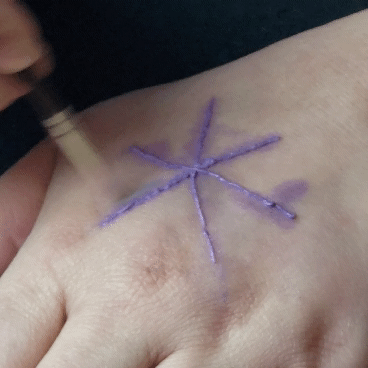
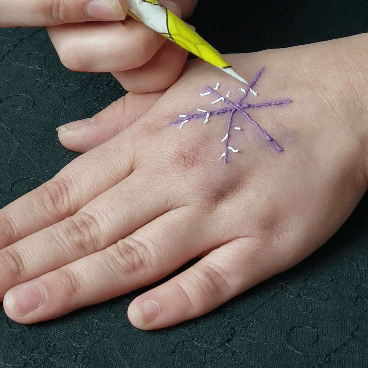
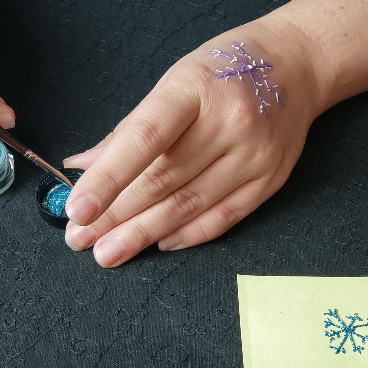
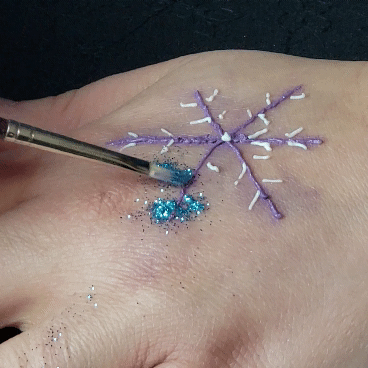
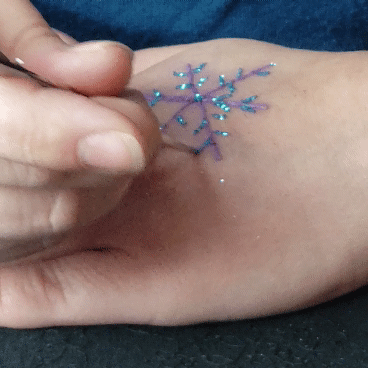
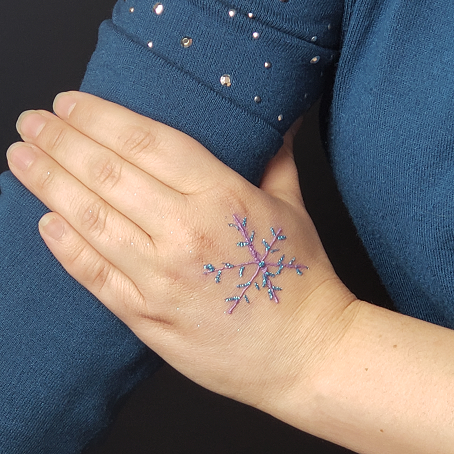
 Liz • Ancient Sunrise® Specialist
Liz • Ancient Sunrise® Specialist